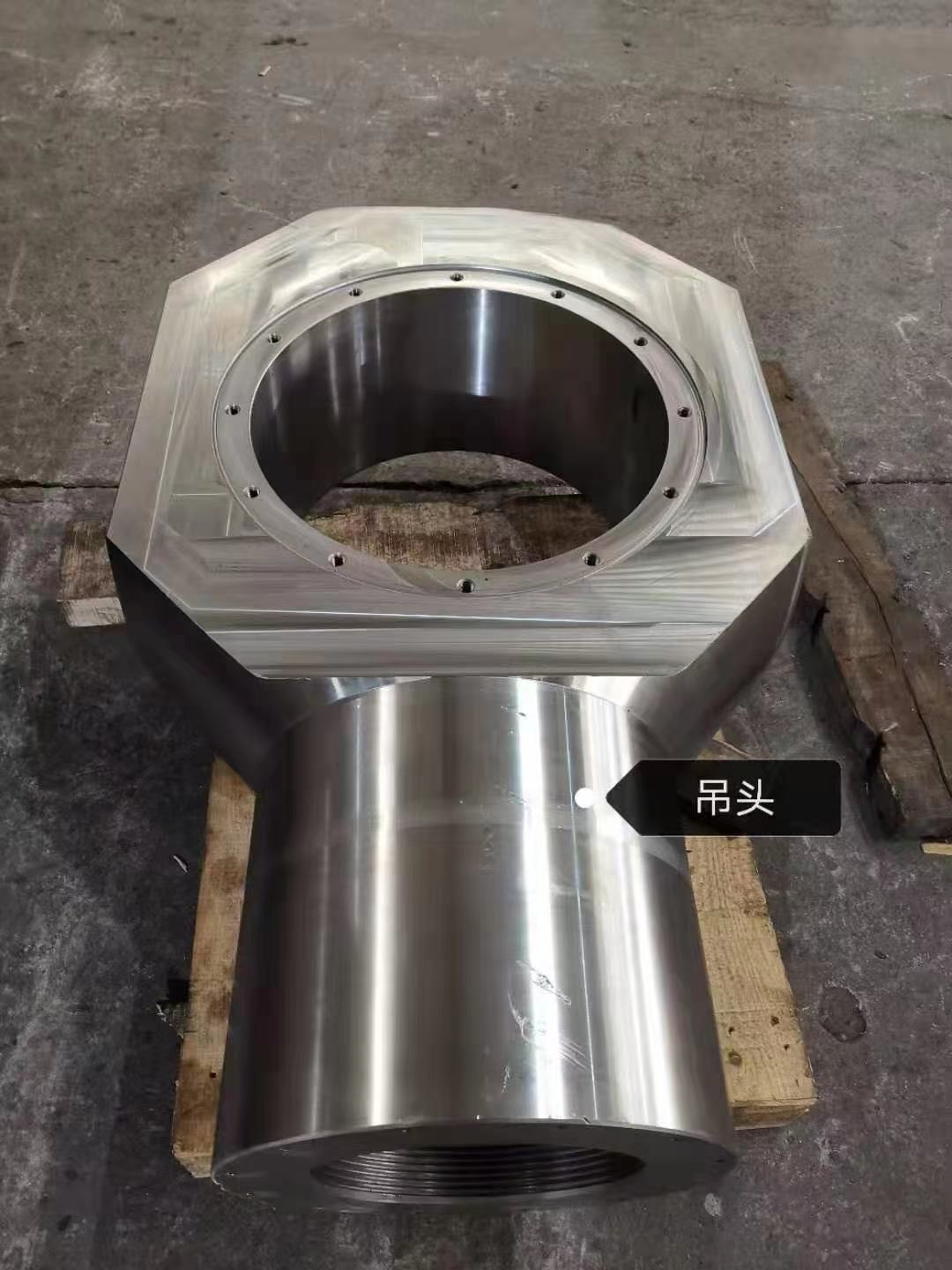Forging - forging billet heating
2022-08-24
Heating temperature Forging billets are generally heated to the allowable initial forging temperature of the metal. In order to ensure uniform temperature inside and outside, the surface of forging billet should be kept warm for a certain time after heating to the required temperature. The holding time is related to the thermal conductivity of the metal, the section size of the forging billet and the state of placement in the furnace. The heating speed of cold billet should not be too high to prevent excessive temperature difference between the surface and the heart and large thermal stress in the heart. The heat stress in the heart is easy to cause cracks. The commonly used thermometer table has the thermocouple measuring furnace temperature, measuring the metal surface temperature of the optical pyrometer.
Heating method In ancient times, forging blanks were heated directly by open flame. Modern forging billet heating uses a variety of coal, oil, gas and electric type of industrial furnace, including intermittent chamber furnace, trolley furnace, resistance furnace, induction furnace and continuous furnace. Induction furnace has the advantages of fast heating speed, uniform temperature, small footprint and easy automatic control, and has been widely used in the production line of medium and small die forging parts. Forging billet heating consumes a lot of energy, so it is necessary to improve the thermal efficiency of industrial furnace and improve the management and operation of heating.
At high temperature, the iron in the steel and the oxidation of the furnace gas, forming FeO, Fe3O4, Fe2O3 oxide, known as the oxide skin. The production of oxide skin will increase the metal consumption. General intermittent flame heating furnace oxidation burn rate is 2 ~ 3%, induction heating less than 0.5%. In addition, the oxide skin will aggravate the wear of the die, reduce the accuracy of the forging and lead to the rough surface, thereby increasing the machining allowance for mechanical processing and increasing the material consumption. The oxide skin also hinders the heat conduction, prolongs the heating time, affects the bottom life of the furnace and the mechanized operation of the industrial furnace. In addition to producing oxide skin, oxidation can also reduce the carbon content of the steel surface, form a decarbonized layer, and reduce the hardness and strength of the forgings surface. The production of oxide skin is more unfavorable to precision forging. In order to avoid or reduce the problems and losses caused by oxidation, many studies have been made on the heating of forging billet without oxidation since the 20th century, and the research results have been used in industrial production.




